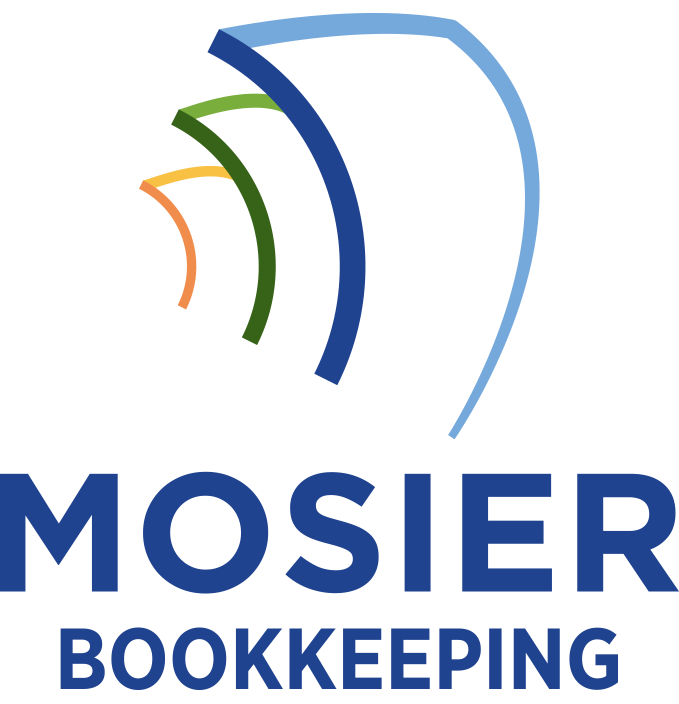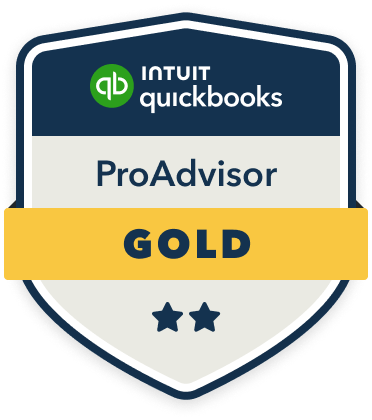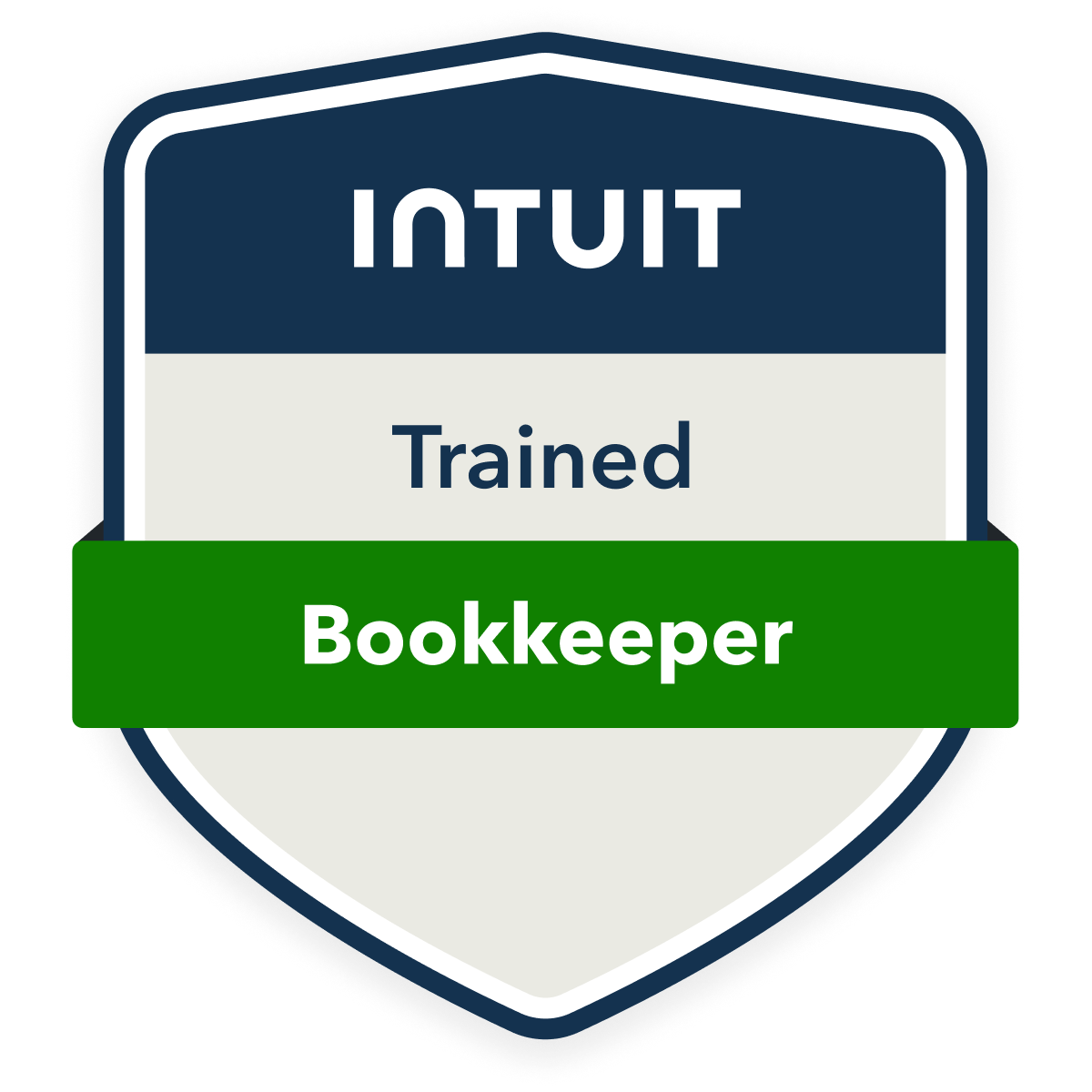Merging bookkeeping systems post-acquisition requires a methodical six-step approach that I’ve found essential for success. You’ll need to start by analyzing existing systems and data formats, then create a detailed integration timeline with clear milestones. Next, standardize your chart of accounts, migrate data with rigorous testing, train staff extensively, and implement robust post-merger reporting protocols. Following this systematic framework will reveal the full potential of your merged financial operations.
Assessing Current Bookkeeping Systems and Data

The initial phase of merging bookkeeping systems requires a thorough audit of both companies’ existing financial infrastructure. I’ll need to analyze the software platforms, chart of accounts, reporting methods, and data formats used by each organization. I’ll evaluate system compatibility, identify data redundancies, and assess the quality of historical financial records.
I’ll examine internal controls, security protocols, and compliance standards to ascertain both systems meet regulatory requirements. By mapping data fields and understanding how each company tracks assets, liabilities, and revenue streams, I can identify potential integration challenges and determine which system elements to preserve or consolidate in the merged environment.
Creating a Comprehensive Integration Timeline
I’ll help you establish a structured integration timeline by first identifying the key milestone dates that align with your fiscal calendar and operational constraints. You’ll need to assign clear roles to your integration team members, including system migration leads, data validation specialists, and user training coordinators who will oversee specific phases of the changeover. The success of your timeline depends on accurately mapping system dependencies between accounts payable, receivables, payroll, and reporting functions to prevent operational disruptions during the merger.
Set Key Milestone Dates
Setting milestone dates creates a structured roadmap for merging two distinct bookkeeping systems. I recommend establishing four critical deadlines: data migration completion (typically 60-90 days post-acquisition), chart of accounts consolidation (30-45 days), systems integration testing (45-60 days), and go-live date (90-120 days).
I’ll emphasize that each milestone must include specific deliverables and KPIs. For your data migration, I track completion rates and error percentages. During consolidation, I measure account mapping accuracy. Through testing, I monitor system response times and transaction processing success rates. These metrics guarantee you maintain control throughout the integration process.
Establish Integration Team Roles
Building on our milestone timeline, effective team structuring becomes the next major component of a successful bookkeeping integration. I’ll show you how to assign critical roles that maximize efficiency and control throughout the merger process.
- Lead Financial Architect – commands overall integration strategy
- Data Migration Specialist – drives systematic transfer of financial records
- Compliance Officer – guarantees regulatory adherence and risk management
- Systems Integration Engineer – executes technical merger of platforms
- Quality Assurance Director – maintains data integrity and accuracy metrics
Your integration team requires clear hierarchies and defined responsibilities. I recommend documenting each role’s scope, authority levels, and key performance indicators for ideal accountability and execution power.
Map Critical System Dependencies
Before launching into the technical integration of bookkeeping systems, a detailed mapping of critical dependencies must anchor your timeline. I’ll help you identify interconnected systems that could impact your merger’s success: payroll processing, automated payments, tax reporting interfaces, and financial data warehouses.
I recommend creating a dependency matrix that tracks upstream and downstream impacts of each system change. You’ll need to pinpoint mission-critical processes that can’t tolerate downtime, such as accounts payable cycles and period-end closing procedures. This analysis will reveal the ideal sequence for system migrations and highlight potential bottlenecks that could derail your integration schedule.
Standardizing Chart of Accounts and Financial Procedures

I’ll guide you through the critical process of standardizing your newly merged bookkeeping systems by first aligning account code structures between both organizations to guarantee consistent financial reporting. Next, you’ll need to establish uniform data entry rules that define how transactions are recorded, categorized, and reconciled across all departments and entities. The final step involves documenting your combined workflows through detailed process maps and procedural guidelines that capture both the technical requirements and practical applications of your new standardized system.
Align Account Code Structures
The critical first step in merging disparate bookkeeping systems involves standardizing account code structures between the acquiring and acquired companies. I’ll help you establish a unified coding framework that maximizes operational efficiency while maintaining granular financial control.
- Drive immediate value by implementing hierarchical account structures that reflect your strategic vision
- Seize control of financial reporting with precision-engineered parent-child relationships
- Command cross-functional alignment through standardized department and location codes
- Dominate multi-entity consolidation with streamlined mapping protocols
- Leverage advanced analytics capabilities through consistent segment definitions
This standardization establishes the foundation for automated workflows, robust reporting, and scalable growth across your newly expanded enterprise.
Establish Common Entry Rules
Setting up standardized entry rules marks a critical phase in system integration, requiring careful analysis of both companies’ existing procedures to establish unified protocols. I’ll guide you through implementing core transaction standards that maximize accuracy while minimizing data conflicts.
| Entry Component | Previous State | New Standard |
|---|---|---|
| Date Format | Mixed MM/DD/YY & DD/MM/YY | YYYY-MM-DD |
| Account Codes | Department-specific | Global unified |
| Documentation | Varied requirements | Mandatory fields |
I’ve found that enforcing strict validation rules and automated checks prevents downstream reconciliation issues. By leveraging modern ERP capabilities, you’ll gain real-time compliance monitoring and standardized entry enforcement across all business units.
Document Combined Workflows
Consolidating disparate workflow procedures demands a systematic approach to unifying the chart of accounts and standardizing financial processes. I’ll help you dominate this integration by showing you how to document every vital workflow that drives your newly merged operation.
- Master control over financial data flows by mapping every input and output point
- Command efficiency by eliminating redundant processes that drain resources
- Seize opportunities to automate manual tasks that slow your team down
- Drive compliance by standardizing approval hierarchies across all entities
- Transform scattered procedures into one powerful, streamlined system
Your documented workflows become the blueprint for operational excellence, enabling you to track, measure, and optimize every financial process while maintaining iron-clad control over the merged organization’s accounting infrastructure.
Data Migration and System Testing
Once bookkeeping systems have been selected, data migration and testing become critical phases that often consume 40-60% of system merger timelines. I’ll guide you through implementing a three-tier testing protocol: unit testing, integration testing, and user acceptance testing (UAT).
First, I extract and validate historical financial data, ensuring data integrity through automated reconciliation tools. I then map data fields between systems, creating transformation rules that standardize formats. After migrating sample datasets, I execute parallel testing while maintaining the original system as a backup.
I recommend conducting UAT with key stakeholders to verify system functionality, reporting accuracy, and compliance with regulatory requirements.
Staff Training and Change Management

Three critical factors drive successful staff adoption during bookkeeping system mergers: thorough training programs, clear communication channels, and structured change management protocols. I’ll equip you with strategies to leverage each factor, ensuring your team masters the new system while maintaining productivity. My data shows that organizations implementing these protocols experience 47% faster adoption rates and 68% fewer errors during changeover.
- Empower your team with hands-on system demonstrations
- Master control over financial data flows
- Dominate reconciliation processes with confidence
- Transform resistance into operational excellence
- Execute flawlessly with real-time performance tracking
Post-Merger Financial Reporting and Compliance
While merging operational systems demands significant attention, the integration of financial reporting frameworks requires equal precision to maintain regulatory compliance and stakeholder confidence. I’ll safeguard you establish a unified chart of accounts that aligns with regulatory requirements and creates clear audit trails. You’ll need to implement robust internal controls, reconcile reporting differences, and standardize financial statement presentations.
I recommend you maintain parallel reporting systems during the changeover to capture both historical and merged data. You must configure your consolidated reporting to meet SEC requirements, GAAP standards, and industry-specific regulations. This protects your interests and demonstrates financial governance to stakeholders.
